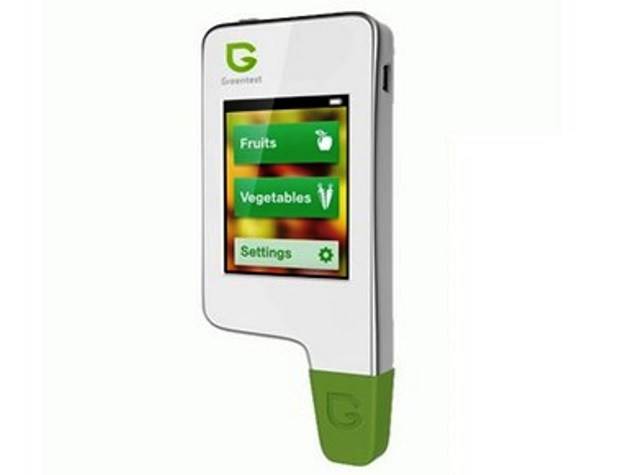
Fruits and Vegetables contain Nitrate. The nitrate in fruits and vegetables mainly from artificial fertilizers such as ammonium nitrate, calcium nitrate, potassium nitrate, sodium nitrate and urea nitrogen in fertilizer by soil transfer.
Fruits and vegetables after nitrogen absorption, often to nitrate are temporarily stored in the body. Inorganic compounds in leafy vegetables such as spinach, celery, cabbage, Chinese cabbage, cabbage, lettuce, leeks, sugar beet, cauliflower, radish leaves, Chenopodium album, shepherd’s purse and other, but the content is rare. General fresh edible had no effect.
However, if the vegetables are not fresh, nitrate will be converted to nitrite in plants, resulting in a significant increase in the content of nitrite.

Short time in eating a lot of vegetables, a lot of nitrate into the intestinal tract, intestinal bacteria the conversion of nitrate to nitrite, in the intestine too much too quickly formed that late decomposition, a large number of nitrite into the blood will cause poisoning. Just pickled vegetables contain a large number of nitrite, 7-8 days reached the peak, 15 days decreased, 20 days after the disappearance. In order to avoid corruption and nitrite content, fresh fruits and vegetables is best not to long-term preservation, storage should be low-temperature storage, such as frozen. Pickled vegetables to 15 days after edible.
Nitrite is toxic, in the food processing industry is most common is sodium nitrite. Very similar to the properties of sodium nitrite with our daily consumption of salt is often used as food additive coloration and antiseptic effect, widely used in meat, sausages and canned meat food. In fruits and vegetables in order to reduce the conversion of nitrate to nitrite content, we suggest as far as possible the selection of fresh fruits and vegetables.
How to judge the fruits and vegetables are fresh? We usually choose the morning to buy fruits and vegetables, because the fruits and vegetables just listed, a relatively new; secondly, the most used method is observed, inspect the vegetable leaves will not yellow, rotten leaves.Fresh vegetable Chui brilliant and root fertilizer with straight is preferred.
In addition, you can also use nitrate detector to test nitrate content in vegetables and fruits determine whether they are fresh. nitrate test kit can help you test the nitrate and pesticides in your fruits and vegetables thus you can control the too much harmful substance intake to your body.
Greentest is a portable nitrate tester to check the nitrate level of your fruits and vegetables in a fast way, this will show you whether your food nitrate level is under a healthy control level.
This will guide you and your families a healthy eating. As too much nitrate intake to your body can cause many body problems such as nitrate poisoning and cancer etc.

Greentest Eco is a high accuracy Radiation Detector, Personal Geiger Counter/ Nitrate Tester Combo for Fruit and Vegetable. A new Technology and new Design for protect yourself from the harmful environment and substance, keep you and your famaily healthy.;
High Accuracy to detect radiation from the cellphone, Computer, Surrounding, Nitrate-tester from fruit and vegetables
Food safety company Alvarita has launched the world’s first portable nitrate detector in South Africa. Called GreenTest, it is a compact device that tests nitrate levels in fruit, vegetables, meat, and water, helping people to quantify their daily nitrate intake and make healthier choices.
The food safe nitrate levels are determined on the bases of World Health Organisation (WHO) standards.
Nitrate occurs naturally in fruit and vegetables, and in small amounts is not harmful, but over the years the levels of nitrate occurring in food have increased due to modern agricultural methods.
According to GreenTest manufacturer, Anmez, nitrogen is the most-used fertiliser in the world, and today we are using almost 20 times more than we did 50 years ago, which is posing serious health threats.
The WHO recommends a maximum daily intake of 3,7 milligrams of nitrate per 1 kg of body weight, but we now ingest 10 times more nitrate than that. According to many health studies, an excess of nitrates can lead to medical issues including diabetes, Alzheimer’s and Parkinson’s disease.










